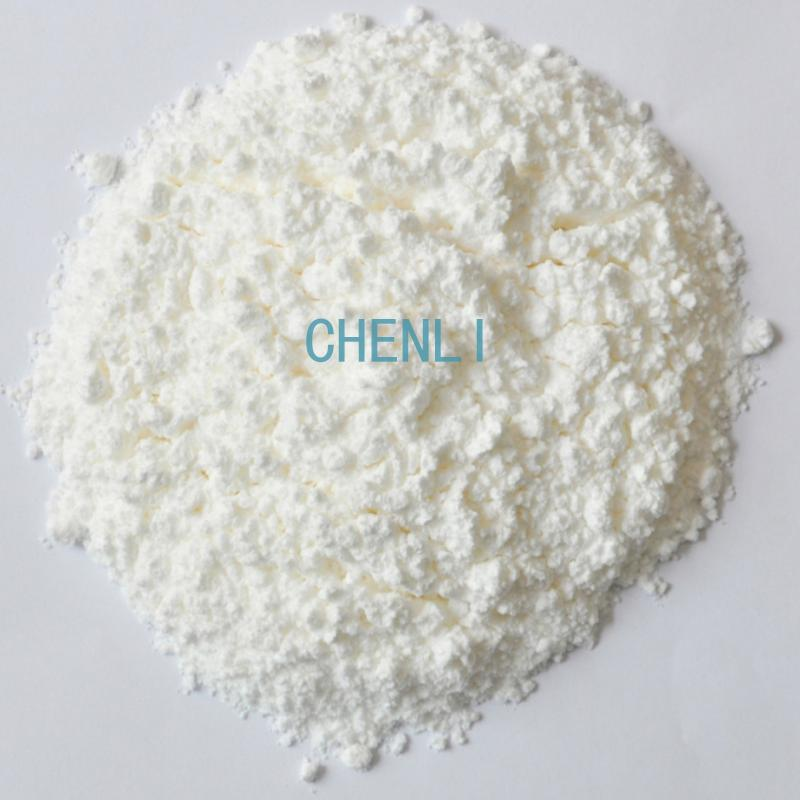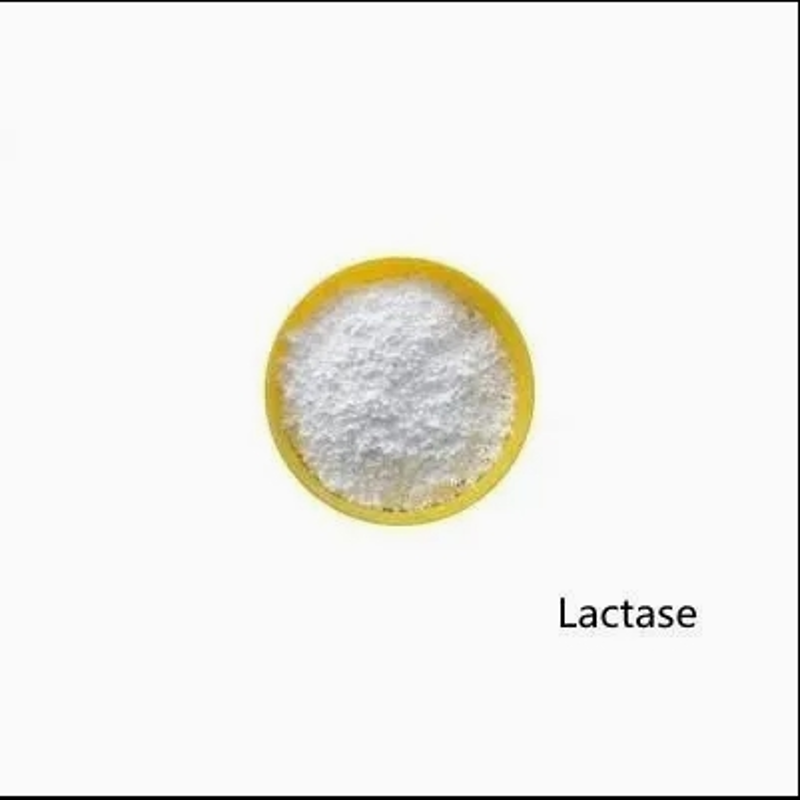-
Categories
-
Pharmaceutical Intermediates
-
Active Pharmaceutical Ingredients
-
Food Additives
- Industrial Coatings
- Agrochemicals
- Dyes and Pigments
- Surfactant
- Flavors and Fragrances
- Chemical Reagents
- Catalyst and Auxiliary
- Natural Products
- Inorganic Chemistry
-
Organic Chemistry
-
Biochemical Engineering
- Analytical Chemistry
-
Cosmetic Ingredient
- Water Treatment Chemical
-
Pharmaceutical Intermediates
Promotion
ECHEMI Mall
Wholesale
Weekly Price
Exhibition
News
-
Trade Service
What is sugar? Have you thought about this simple question? Are all sweets sugar? Are unsavoury foods sugary? Sugar, in the end what is called sugar in the general impression of the people so-called "sugar" refers to sweet food, such as glucose, sucrose, fructose, maltose, etc. , but in fact, with the enhancement of health awareness, many sweet things may be just "sugar", not the real "sugar", such as glycol, sorbitol, maltol, glycol, lactose alcohol and other sugar alcohol substitutes.
therefore, it is not accurate to judge whether it is "sugar" from the taste of sweetness or not.
from a medical point of view, even if there is no sweetness, as long as the body can be digested and absorbed into glucose, can be called "sugar substances", such as starch, paste.
also known as carbohydrates, these compounds have chemical molecular forms that are multiplied by carbon and water.
fao and the World Health Organization (FAO/WHO) expert group divided sugars into three categories according to their aggregation, such as the table below.
Bad sugar, where to add sugar refers to artificially added sugars into food, generally refers to sweet single, double sugar, common white sugar (sucrose), sugar, icing sugar, red sugar, honey, glucose, fructose syrup, malt syrup and so on.
Added sugar is pure energy food, other nutrients are minimal, sugar digestion and absorption is very fast, excessive intake will increase the risk of caries, overweight obesity, diabetes, cardiovascular disease, osteoporosis and tumors.
therefore belong to what folk call "bad sugar".
In everyday foods, 1 scoop of jam contains about 15 grams of sugar, 1 sweet drink contains 36 grams of sugar, 1 bottle of cool drink contains about 50 grams of sugar, 1 round cake contains more than 10 grams of sugar, 1 piece of 50 grams of chocolate contains 25 grams of sugar, 1 box of 100 grams of ice cream contains more than 20 grams of sugar, not to mention more than 90 percent sugar content of various sweets.
addition, sugar is often added to the cooking, such as baked goods and noodles, porridge, coffee, a variety of wide-ranging sugar water, cold vegetables, red cabbage, vinegar.
can be seen that the amount of sugar to be limited to 25 grams to 50 grams per day, it is really necessary to be particularly careful, often thirsty to drink a bottle of drink, the same day's sugar intake is exceeded.
buy a product that is called low sugar, also see if it meets the low sugar standard indicated on the nutrition label (whether the sugar content in 100 ml of liquid or solid is less than 5 grams).
It is worth mentioning that these "added sugar" foods should try not to eat at all, and natural foods containing lactose, glucose and fructose can be safe to eat every day, such as dairy products (note: not lactic acid bacteria drinks), fruit (note: not fruit juice) and so on.
Because these foods are rich in nutrients, in addition to sugar, at the same time contains protein, fat, dietary fiber, etc., will help delay the emptying of the stomach, reduce the rate of sugar digestion and absorption, so that the blood sugar response greatly reduced.
good sugar, the advantages of many in addition to the above-mentioned monosaccharies, double sugars, the rest of the sugars can be understood as the folk so-called "good sugar": sugar alcohol, oligosacchar sugar (oligosaccharin), non-starch polysaccharies, basically not digested and absorbed by the intestines, with no elevated blood sugar, do not cause tooth decay, low calorie advantages.
It should be noted that although sugar alcohol can improve the flavor of food, but should not eat more, adults control below 20 grams per day, children are best controlled at less than 10 grams per day, because eating too much will promote gastrointestinal peristaltic, may cause mild diarrhea.
polysaccharides can be used as probiotics to promote the proliferation of intestinal probiotics, eating 3 grams to 20 grams per day is more safe and effective, excessive consumption may cause bloating.
Non-starch polysaccharides are divided into soluble (β-glucosaccharides, glycerin, phosphate, etc.) and insoluble (cellulose, hemiculose), mainly to enhance satiety, promote gastrointestinal peristalsis, beneficial intestinal probiotic growth, but also has a certain anti-nutritional role.
food is also sugar, eat will not fat starch mainly comes from our daily life staple food - rice, noodles, wheat and other food, beans and potatoes, belong to polysaccharid substances.
taste is not obvious, but too fine staple food (such as fine rice white noodles), glycemic index is very high (above 80, glucose is 100).
too much food can still cause obesity, diabetes and other metabolic problems, so we recommend the main food as far as possible thick and detailed matching, coarse grains accounted for about 1/3, refined rice white noodles accounted for 2/3.
health beans because of the relatively large protein content, starch is relatively small (50% to 60%), so fullness is stronger, digestion and absorption is slow, especially suitable for dieting to lose weight when adding to the main food.
Potatoes, sweet potatoes, taro, yams and other potatoes because of moisture content, starch only accounted for 16% to 24%, but according to the dry weight, potatoes and rice starch content is basically the same, and after cooking a bowl of white rice starch content is the same weight steamed potatoes about 1.7 times.
So we can simply understand that eating two mouthfuls of potatoes is equivalent to eating a mouthful of rice, eating the same weight, potatoes are more conducive to weight loss, satiety will be stronger than rice.
might ask: Isn't it easier to lose weight by simply eating less or not eating starch? The problem is that if starch eats too little, blood sugar levels tend to drop, the most affected is the brain, prone to mental retardation, inattence, memory loss, irritability and irritability and other problems.
at the same time, the body consumes protein to provide energy, resulting in a decrease in the basic metabolic rate, a decrease in muscle mass, and a decrease in resistance.
that long-term intake of carbohydrates is less than 40 percent of the energy supply throughout the day increases mortality.
in short, sugar, as the main "fuel" of our bodies, must eat enough, eat right! Do not demanding intake, but the pursuit of quality: do not eat added sugar, a part of refined rice white noodles into vitamins, minerals, dietary fiber content of more abundant coarse grains, and the main food and vegetables, protein food reasonable combination, can enjoy the flavor of natural food, but also to maintain the body and healthy look.
author| Sun Yat-sen Memorial Hospital Clinical Nutrition Department Lin Xiuhong Review| National Health Science Expert Library Expert Beijing Concord Hospital Nutrition Department Professor Yu Kang







